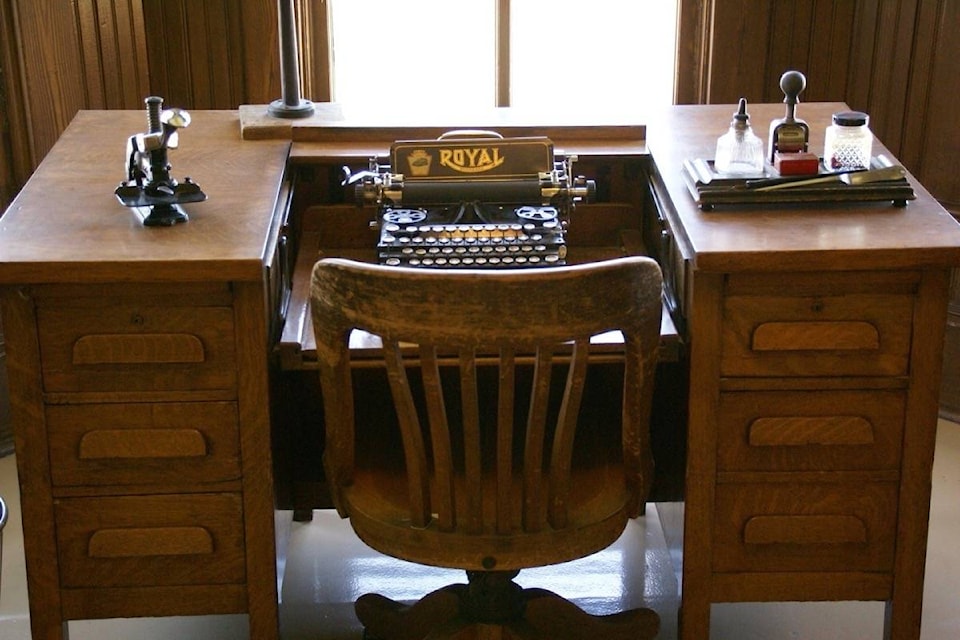Much ink has been spilled about the future of newspapers, what with the fall of advertising revenue as advertisers have embraced new ways of telling consumers about their goods and services. In recent years, newspapers have been folding with alarming regularity, unable to compete in this changed and still changing landscape. And while this reality has been most apparent in the early years of the 21st century, it was clear to at least one person many years earlier.
In the March 29, 1919 issue of The Journal, editor R.D. Cumming—who had purchased the paper and become its editor in 1912—wrote about the state of newspaper publishing as he saw it then:
“The public views with regard to the functions of a newspaper are changing and becoming more up-to-date in keeping with their views on a great many other subjects. Time was when the only function expected of a newspaper was to boost the location in which it circulated, and to boost it for free—to boost it even at a financial loss. For every dollar it made it was expected to spend five if necessary. Its function was not to make money, but to spend it in boosting so that the merchants of the area might prosper and make fortunes.
“That WAS the public view with regard to a newspaper, especially a local newspaper. It was our view at one time before we owned one and had our eyes opened. Now we look upon it as a business proposition, and the moment it ceases to pay substantial interest on the investment it will disappear from the map.
“The modern view of a newspaper is entirely different, at least it is with the newspaper man, although a large body of the public still clings to the antediluvian idea. It is a business venture just like selling groceries or drygoods. The newspaper man sells space at so much per inch, or by the contract to large advertisers on a profit producing basis. Incidentally he boosts the locality and prints and publishes the news of his district.”
In the 1910s the newspaper landscape was changing dramatically. Many papers were distinctly partisan, or aligned to a particular political party, meaning they largely attracted only advertisers and readers who agreed with them. However, advertising agencies were finding that their clients wanted to reach the maximum number of readers, regardless of their partisanship. This set the stage for the closing of many papers, the amalgamation of others, and the rise of newspaper chains with largely non-partisan papers. It was no longer enough for a newspaper to depend on loyal subscribers, a few advertisers who agreed with the paper’s politics, and a deep-pocketed owner who could afford to subsidize the production costs and/or take a loss: advertising, and the more the better, was crucial.
As a purely local weekly paper with no noticeable partisanship, The Journal was largely immune to these forces, but it’s worth noting that Cumming ran other businesses on the side while he was the paper’s owner and editor: whether because he liked to keep busy, or because these other ventures earned him the money to keep publishing The Journal, is unknown.
What is certain, however, is that by March 1919 Cumming saw that the old ways were dying. Newspapers, which in many instances had been glorified vanity projects (albeit vanity projects that provided a valuable service), were now firmly a business like any other. Sentimentality was rapidly taking a back seat to profitability. Advertising was king; everything else was incidental.
His words remind me of one of the first things I was taught in journalism school: that in a newspaper, stories are what get fit in around the ads, not the other way around. That was back in 1984; Cumming was saying much the same thing 65 years earlier, and it’s as true today as it was then. Proof, if it were needed, that there truly is nothing new under the sun.
editorial@accjournal.ca
Like us on Facebook and follow us on Twitter
